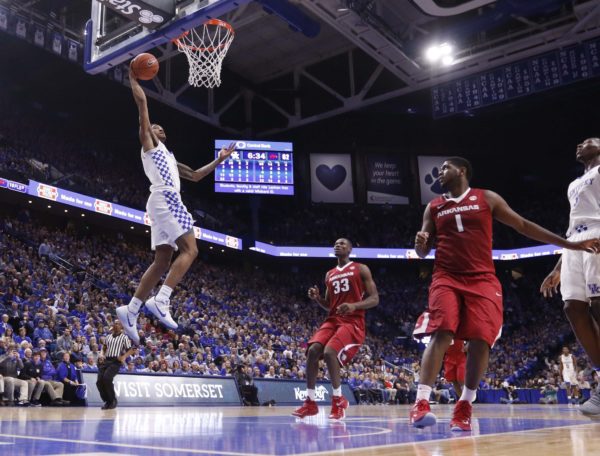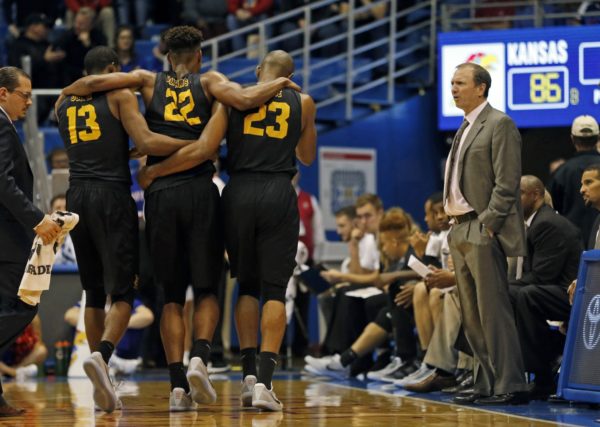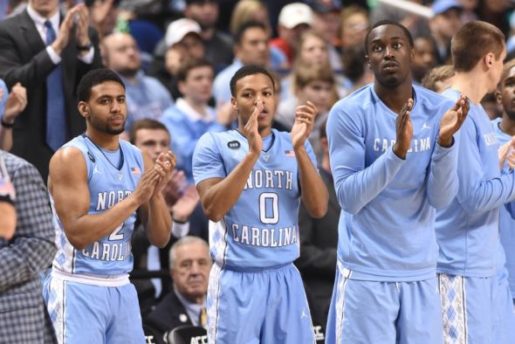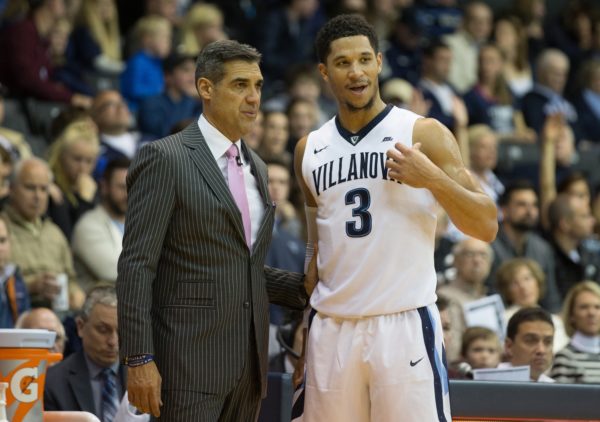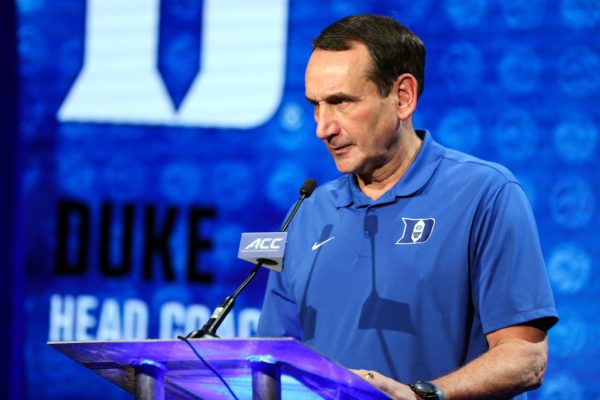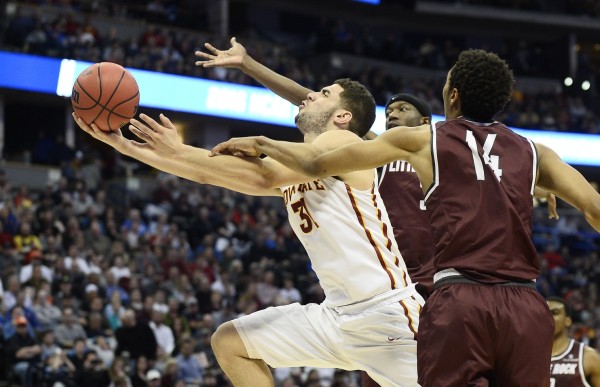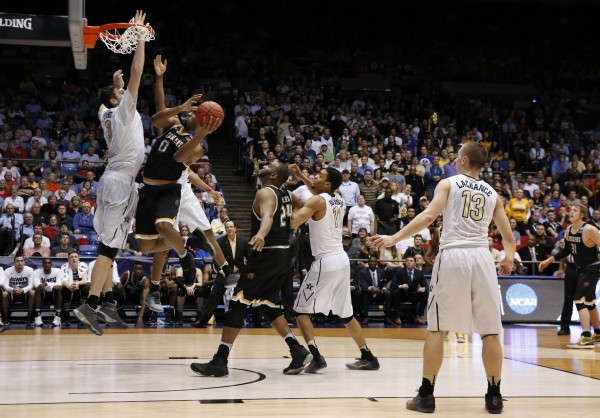UCLA, Kentucky and Florida State Pace This Year’s Trend of Elite Offenses
Posted by Will Ezekowitz on January 20th, 2017Between Malik Monk’s dunks, Lonzo Ball’s passes, West Virginia’s presses and barrages of Creighton’s threes, college basketball feels like it has gotten more exciting this year. Play has definitely gotten faster, as this tweet from Synergy Sports about the rise of transition offense in 2016-17 suggests.
Here's a look at the most prolific transition offenses in the NCAA since '08. This year's Kentucky team is on another level entirely. pic.twitter.com/mut6Fc4TST
— Synergy Sports Tech (@SynergySST) January 11, 2017
This season isn’t necessarily all that much faster — possessions across the sport have only dropped 0.2 seconds per trip (from an average of 17.3 seconds to 17.1 seconds), and transition attempts are only up 0.7% — but that doesn’t mean at the tail end certain teams aren’t playing faster. Let’s take a deeper dive into several of the brand names on their list, with an eye on whether they can keep up their prolific transition offenses through the rest of this season.
Kentucky: 25.7 Transition PPG (all data from hoop-math.com)
- Who They Are: Ranked second nationally in offensive efficiency, these Wildcats might be the most efficient team John Calipari has ever coached. Ranked ninth nationally in tempo, they are definitely the fastest. Kentucky has attempted 38.2 percent of its initial field goals in transition, a mark that ranks fourth in the country and is well higher than its 26.7 percent mark a season ago.
- How They Do It: Kentucky attempts 21.5 percent of its initial field goals in transition after an opponent’s miss, which ranks first nationally. The Wildcats also live at the rim, attempting 54 percent of their transition shots from close range (no rankings exist for this, but it’s very high) and making 75 percent of those attempts. The one questionable area is that they are not very good at shooting in transition, though, with a 29 percent conversion rate on transition threes the lone weakness in a sterling transition game.





























